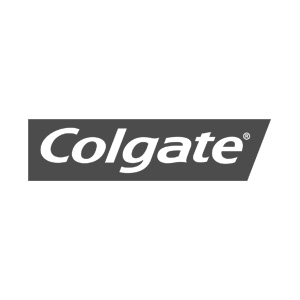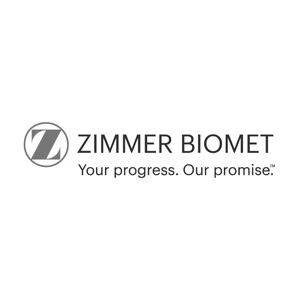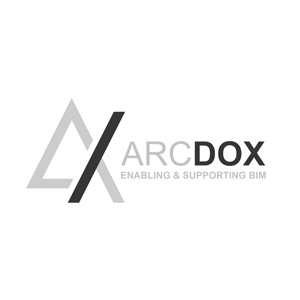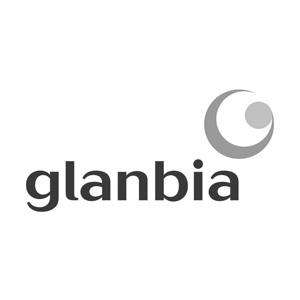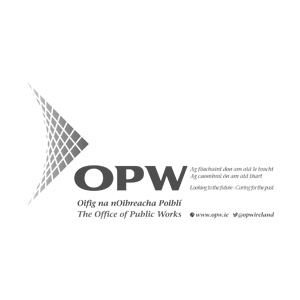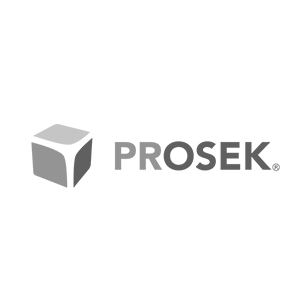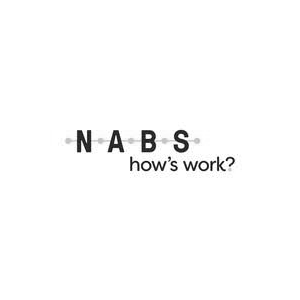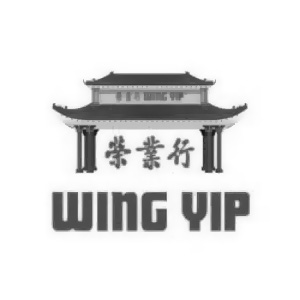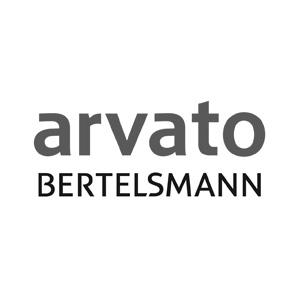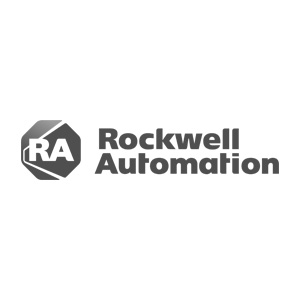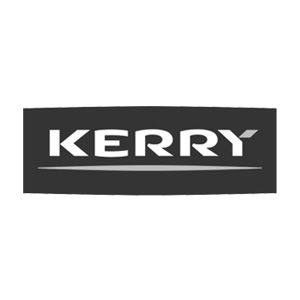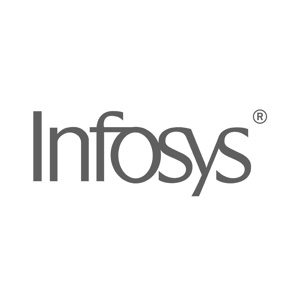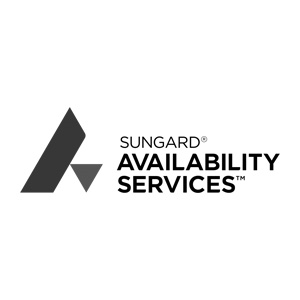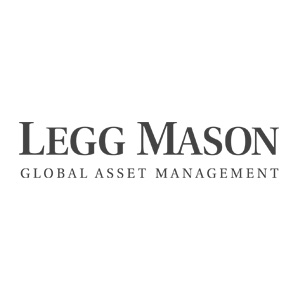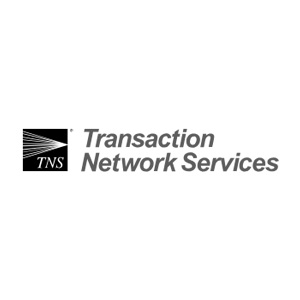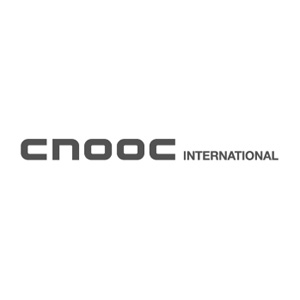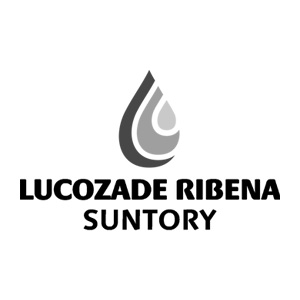04.01.2024
The workplace of the future will have to be safe, flexible and hybrid.
How a flexible hybrid workplace can attract and retain employees
COVID-19 has shown us that the workplace of the future will have to be safe, flexible and hybrid, and that companies will have to improve the employee experience if they want to keep their best talent. In fact, according to a new survey by LinkedIn, employees rank flexibility as their highest priority. Along with that multiple studies of employees claim hybrid flexible work arrangements allows them to be their most productive selves. What’s more, many of them say that flexible work arrangements will be a significant consideration when assessing future job opportunities.
Because of the importance of employee experience and these new expectations, employers are looking to hybrid workplace models. The hybrid workplace and employee experience go hand in hand, providing flexibility and employee choice.
Some of the core components that enable flexible working are:
Activity-based workspaces
For example, activity-based working can make for happier employees. By creating and designing adaptable workspaces where flexibility and collaboration are necessary. Instead of being chained to one set desk, activity-based workplaces let the work dictate the workflow. Activity-based workspaces encourage movement throughout the workday and can cause improvements to employee productivity, engagement, and job satisfaction.
The dynamic & remote workplace
A dynamic workplace includes a combination of design, furniture and collaborative spaces that can easily be reconfigured to meet an organisations current needs with the help of technology. But what makes a workplace truly dynamic is the technology and tools that power it, which should fit a company’s unique needs. By definition, dynamic spaces are both agile and adaptable. They integrate in-office and remote workers so they can use technology to collaborate and work together seamlessly.
Office neighbourhoods
By designing and organising the office to specific departments, activities and job functions. Employees are assigned to neighbourhoods instead of to desks. Taking advantage of office neighbourhoods can make it much easier to manage a flexible workforce. In team-managed neighbourhoods, employees are empowered with managing seat assignments, moves and booking. Not only do employees appreciate the greater autonomy, but they are also usually more knowledgeable about who should sit where.
Agile working
The model empowers people to let them decide when, where and how they work. Employees are allowed to choose what makes them most productive and adjust themselves accordingly through the use of collaborative spaces. This makes the design of the office and the fit-out crucial to empower this behaviour.
Flexible working
Flexible working allows employees to work where they feel most productive. This allows for enhanced teamwork and facilitates chance meetings and off-topic chats that can snowball into innovative ideas and business decisions. Hybrid/flexible solutions work well because when managed properly, they can increase productivity and connectivity. Research shows us we end up with happier more engaged, employees. Hybrid models can work best when employees are given a say in when and how they work. Allowing for greater flexibility can improve retention, attract more and better talent, increase diversity and productivity, and drive employee engagement.
Couple that with workers reporting they’d choose a job with a flexible schedule over one without one, even one with less pay. With this information, you can begin to see why employers are keen to offer their workers greater choice and flexibility of the modern office design and work practices.
The choice for the hybrid workplace is clear
Employees want safety and more flexibility. As we return to the office, the choice is clear: the hybrid workplace and employee experience has clear benefits when implemented correctly. By using the right design when creating or refurbishing a workplace, employers can create an efficient hybrid workplace with the flexible employee experience their people want.




